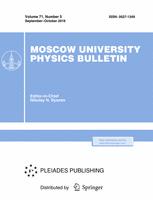Coherent anti-Stokes Raman Spectroscopy (CARS) has been used to study the vibrational Q-branch with the frequency of 1388 cm$^{-1}$ of the $\nu_{1}$ mode of carbon dioxide molecules filling a sample made of nanopore glass at room temperature (20.5$^о$C). The measurements were carried out in a gas cell at pressures approaching saturation $P_\textbf{sat}$. When pressure was increased above $0.8P_\textbf{sat}$, in addition to the spectral component due to the gaseous phase molecules, the CARS spectra featured a component due to the molecules adsorbed on the pore walls. Simulation of spectra taking the interference of these two contributions into account enabled the estimation of the broadening of the vibrational molecular spectra in the adsorbed layer. The spectral width of the component due to the adsorbed molecules was nearly a factor of two times larger than that of molecules in the bulk liquid phase. At pressures above $0.94P_\textbf{sat}$, the spectral width of the component due to the adsorbed molecules decreased to values close to those measured in the bulk liquid phase, which corresponds to the condensation of molecules in nanopores.
$^1$International Laser Center and Physics Department of Moscow State University, Moscow, 119992, Russia
$^2$Institute of Laser and Information Technologies, Russian Academy of Sciences, Troitsk, Moscow Region, 142190, Russia



